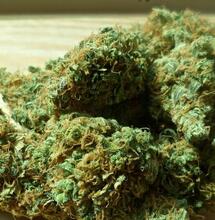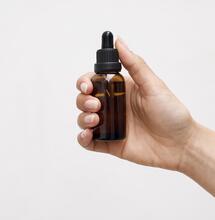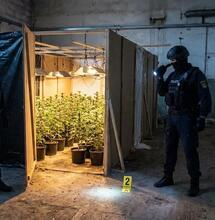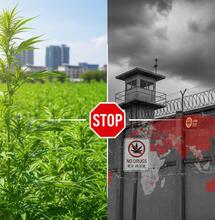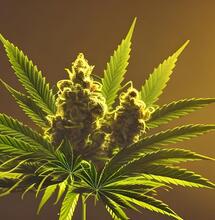CBD Reportedly Found in Plant Other Than Cannabis
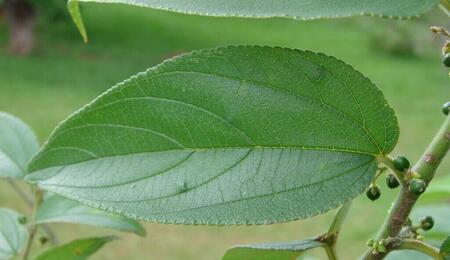
Brazilian researchers reported over the summer that they’ve discovered CBD in a shrub that’s in the same family as cannabis. The idea of finding a new source of Cannabidiol is exciting, however, it should be taken with caution. The research team still needs to publish data around the quantities of CBD they’ve found in the new plant.
CBD is one of the main active ingredients found in cannabis plants. In the last few years, it has been extensively used in medical treatments such as for epilepsy, anxiety, chronic pain, and insomnia. New research claims that the compound has been isolated in a plant different from cannabis.
New Source of CBD?
Brazilian scientists said they’ve identified Cannabidiol (CBD) in the fruits and flowers of the Jamaican nettletree or capulin (Trema micranthum), a shrub that is native to the tropical and subtropical belts of North and South America, according to a report from Agence France-Presse (AFP).
Molecular biologist Rodrigo Moura Neto of the Federal University of Rio de Janeiro who led the research, told AFP that the shrub is pretty common around Brazil and it is often considered a weed.
“This is a plant that grows all over Brazil. It would be a simpler and cheaper source of cannabidiol,” he said.
The chemical analysis of Trema micrantha showed the presence of CBD but no THC. The discovery opens the possibility of finding a new natural resource with the medicinal compound, one which is no subject to legal restrictions. Cannabis, like in many other countries in the world, continues to be illegal in Brazil.
Trema micranthum belongs to the Cannabaceae family of plants which counts a total of 11 genera and roughly 170 species. It’s a fast-growing shrub that succeeds in sunny positions in a wide range of soils as long as it’s not too wet. Cannabis plants are also part of the Cannabaceae family, such as Cannabis sativa, which is basically marijuana.
While the news is definitely exciting, the researchers still need to publish more details about their finding. For example, it is still unknown how much CBD they were able to collect in the extraction.
It would not be the first time that CBD shows in plants other than cannabis, however. CBD has also been isolated in a related plant that grows in Thailand, Neto said.
Neto’s team has reportedly recieved $100,000 funding from the Brazilian government to continue with the research. Over the next five years, the team will try to identify the best methods of processing CBD from Trema micrantha. Then, the next step would be to analyze in clinical trials whether the compound has the same or similar therapeutic effect such as Cannabidiol extracted from cannabis and hemp.
It would certainly be a great challenge for the scientists, since the techniques used to optimize the CBD extraction process from cannabis have taken decades to refine. But if all of this really leads to a new source of CBD, it could be a game-changer, at least for the South American market.
Also read on Soft Secrets:




